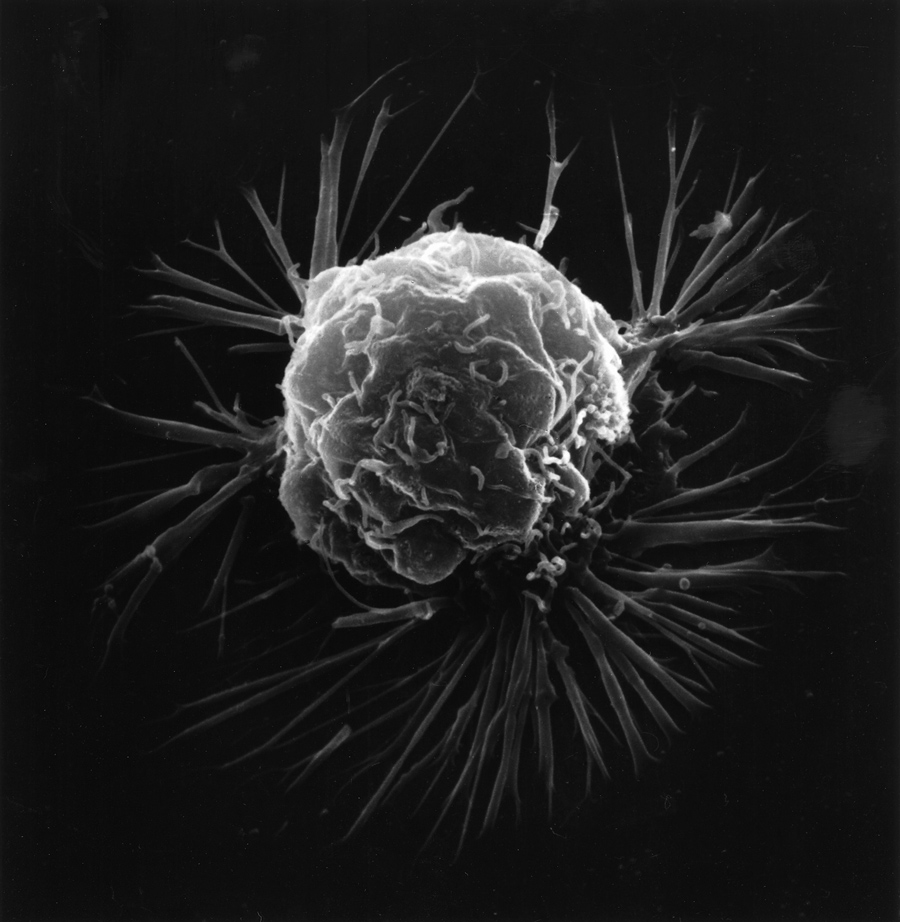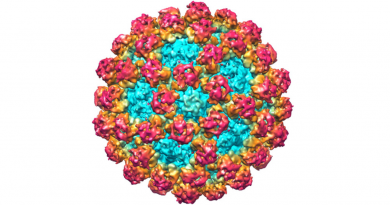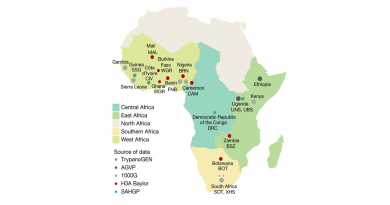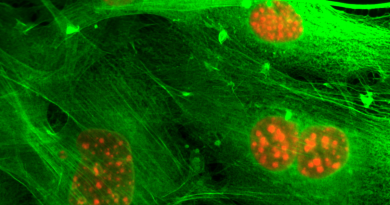G-quadruplex helps breast cancer survive
For breast cancer, expressing the protein CD44s, instead of CD44v, has a survival advantage. And one of the goals of Dr. Chonghui Cheng lab is to understand the mechanisms that allow cells to acquire such advantage.

“In previous studies, we found that switching from CD44v to CD44s is critical for breast cancer progression and metastasis,” said Cheng, associate professor of molecular and human genetics and of molecular and cellular biology at Baylor College of Medicine. “Here, we studied how cells regulate the switching between the two proteins at the molecular level.”

To build CD44 proteins, the genetic information on the DNA is transcribed into RNA and then translated from RNA into a protein. Cells have the choice of translating the information into protein CD44v or CD44s. Breast cancer cells that translate the RNA into protein CD44s have a survival advantage. The mechanism that mediates which protein is produced is called alternative splicing.
“How cancer cells regulate alternative splicing is becoming a fascinating subject of research,” said Cheng, who also is at the Lester and Sue Smith Breast Center, part of the National Cancer Institute-designated Dan L Duncan Comprehensive Cancer Center at Baylor College of Medicine. “The consensus is that decisions on which protein should be made rely on specific linear RNA sequences called G-tracts. But emerging evidence suggests that these decisions may also depend on the three-dimensional structure of folded linear RNA G-tracts. One example of these three-dimensional structures is G-quadruplex.”
G-quadruplex largely regulates switching between CD44v and CD44s
Working with human cells in culture, the researchers asked whether and how G-quadruplex was important for switching between CD44v and CD44s.

We carried out very defined molecular and biochemical analyses and provided extensive data that show that G-quadruplex largely regulates the switching between CD44v and CD44s,” said co-first author Dr. Jing Zhang, postdoctoral associate in the Cheng lab, whose key contributions were decisive in accomplishing this work.
“G-quadruplex structures also are associated with degenerative diseases and aging. If we understand G-quadruplex better, we could be able to provide new insights into how to treat metastatic breast cancer and neurodegenerative diseases and better understand the aging process,” Zhang said.
“What has been missing is an appreciation for the role played by folded linear RNA structures such as G-quadruplex in alternative splicing,” Cheng said. “If we only look at one-dimensional, linear G-tracts, we might not be able to figure out how splicing is regulated because the key element could be residing within the three-dimensional structure of G-quadruplex, which is the case in this study.”
Read the complete study in the journal Genes & Development.
Other contributors to this work include Huilin Huang, Samuel Harvey and Xiaohui Hu. The authors are affiliated with Baylor College of Medicine and/or Northwestern University Feinberg School of Medicine, Chicago.
Financial support was provided by the National Institutes of Health grants R01GM110146, R01CA182467, and F30CA196118, and the Cancer Prevention Research Institute of Texas (RR160009).



